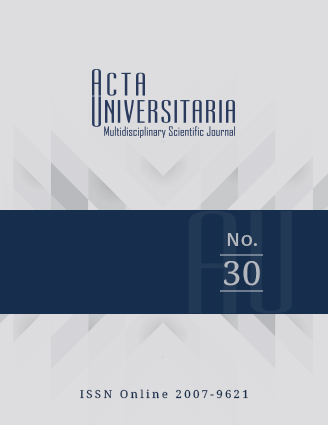Length-weight relationship and condition factor of Centropomus viridis (Actinopterygii: Perciforms: Centropomidae) in the north coast of Nayarit
Published 2020-03-25
How to Cite
Abstract
This study poses two objectives: to determine whether the growth of females and males of the C. viridis is isometric, and whether the commercial fishing changes the condition of snook. The information regarding the length-weight relationship (LWR) is basic for the development of management strategies and conservation of the white snook. The length-weight relationship condition analysis is presented for the snook C. viridis fishery in the north coast of Nayarit. A non-experimental, longitudinal aleatory study was performed. Data was obtained during a six-year period (2010-2015). The weight, total length and sex of 2542 organisms were recorded. The LWR of males from 2010 to 2015 indicated negative allometric growth (p < 0.05), while the females indicated positive allometric growth (p < 0.05). However, the overall analysis LWR for males and females in the whole sampling period (2010-2015) showed negative allometric: b = 2.958 (p < 0.05) and r2 = 0.948. Regarding the analysis of condition, results indicated a value of Kn ≥ 1 in males; females presented a condition lower than 1, which indicated sex-change from male to female. In response to the fishing pressure, the C. viridis has readjusted year after year the minimum size of sex switching, generating slight variations of Kn in females of the C. viridis in the studied area.

